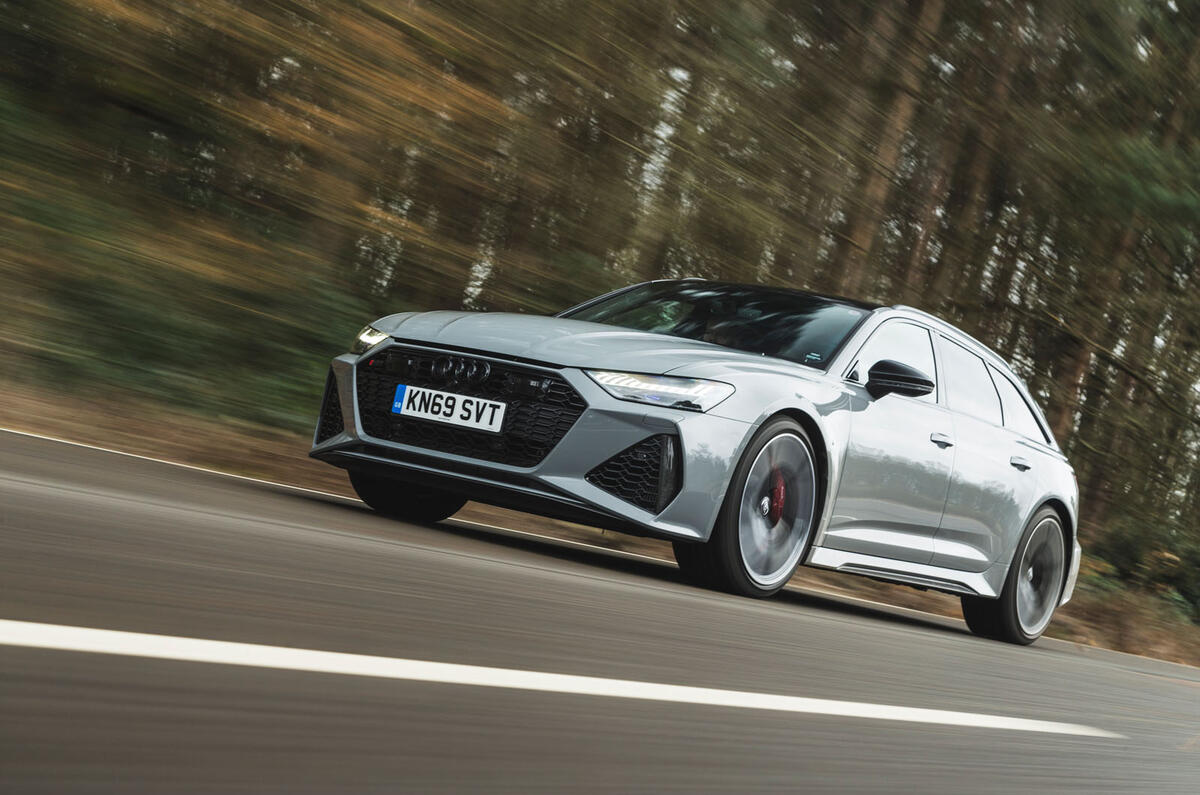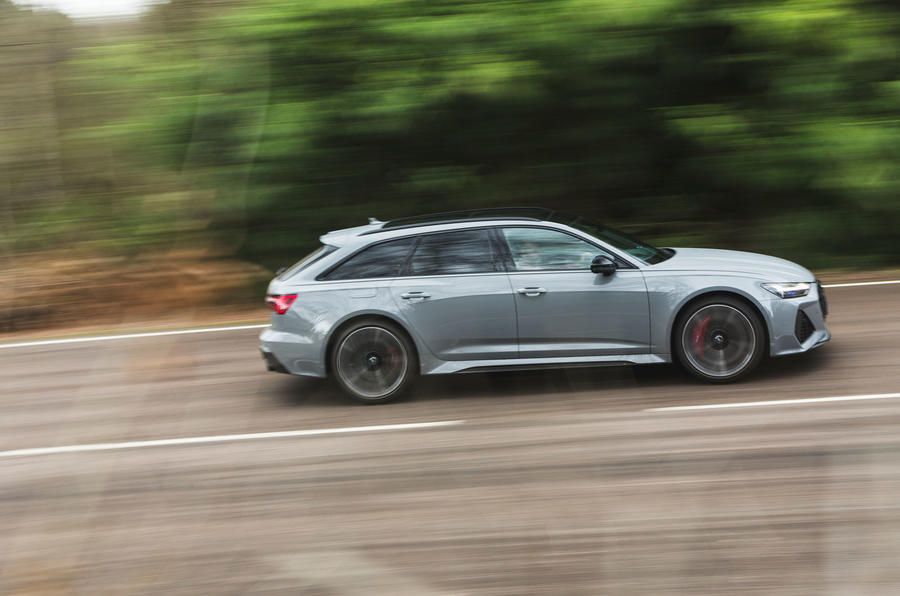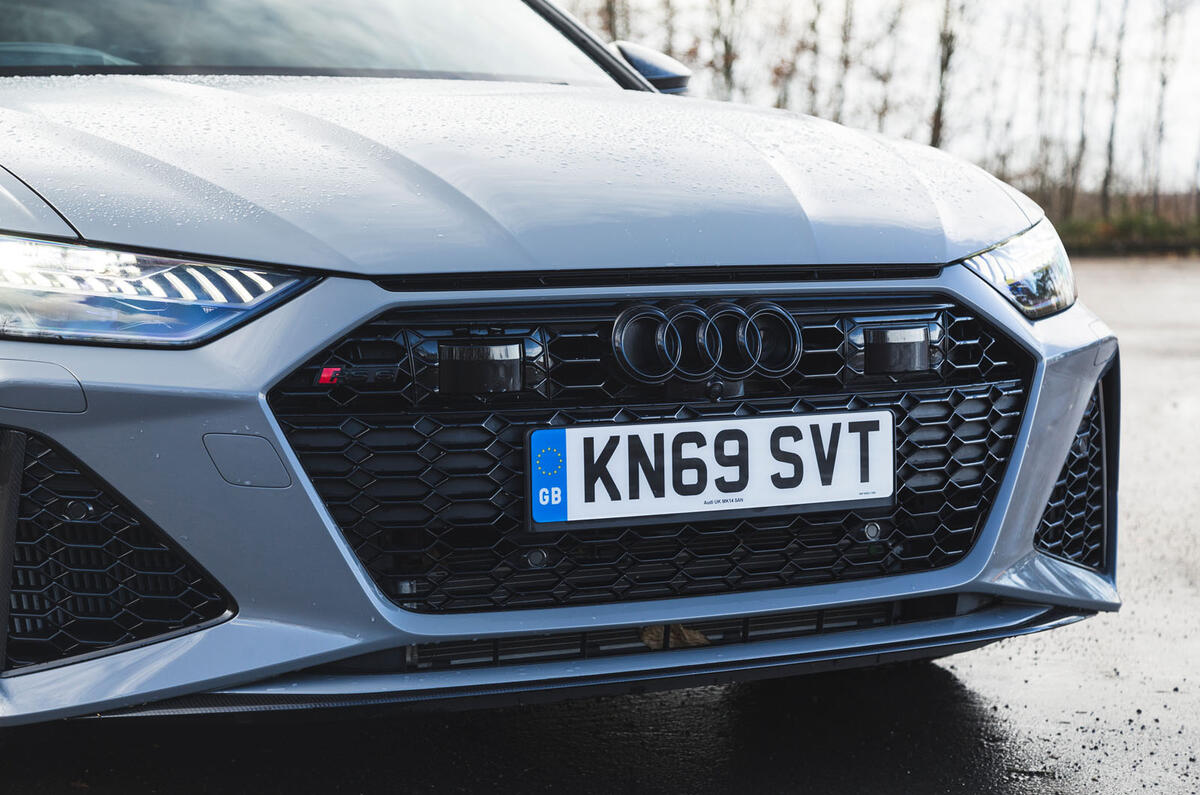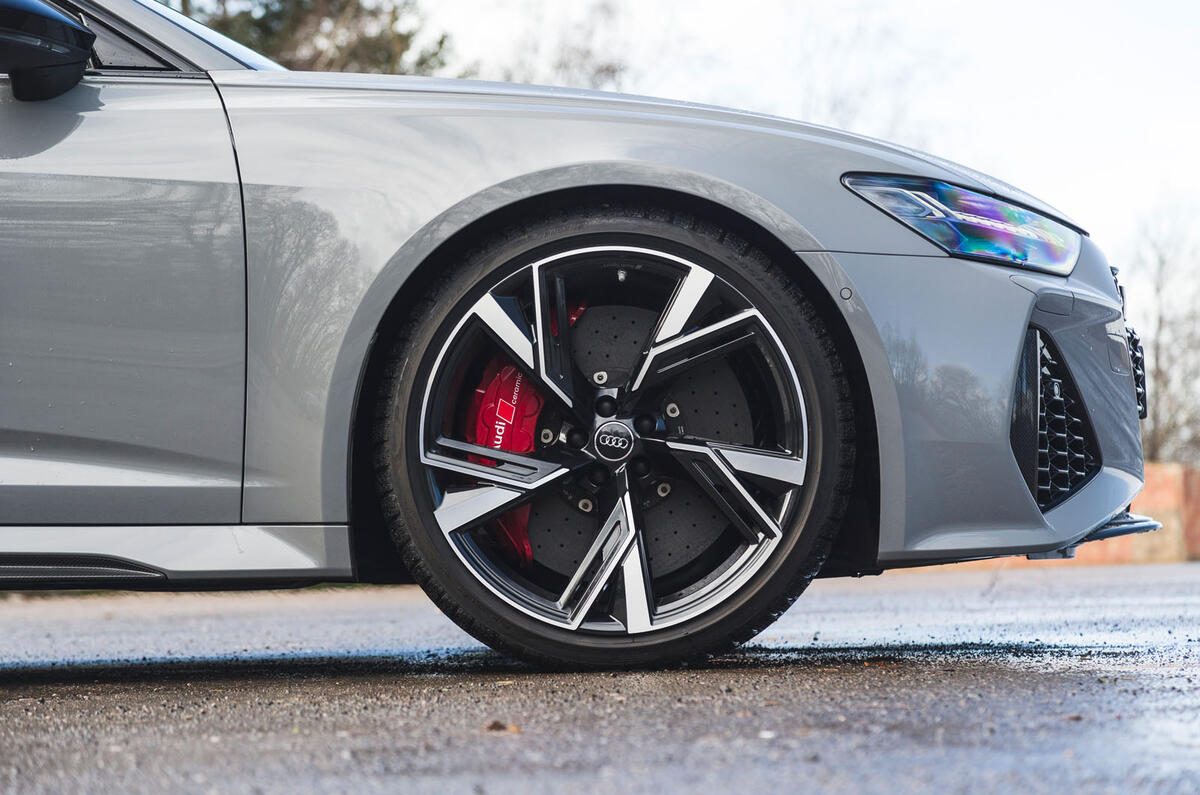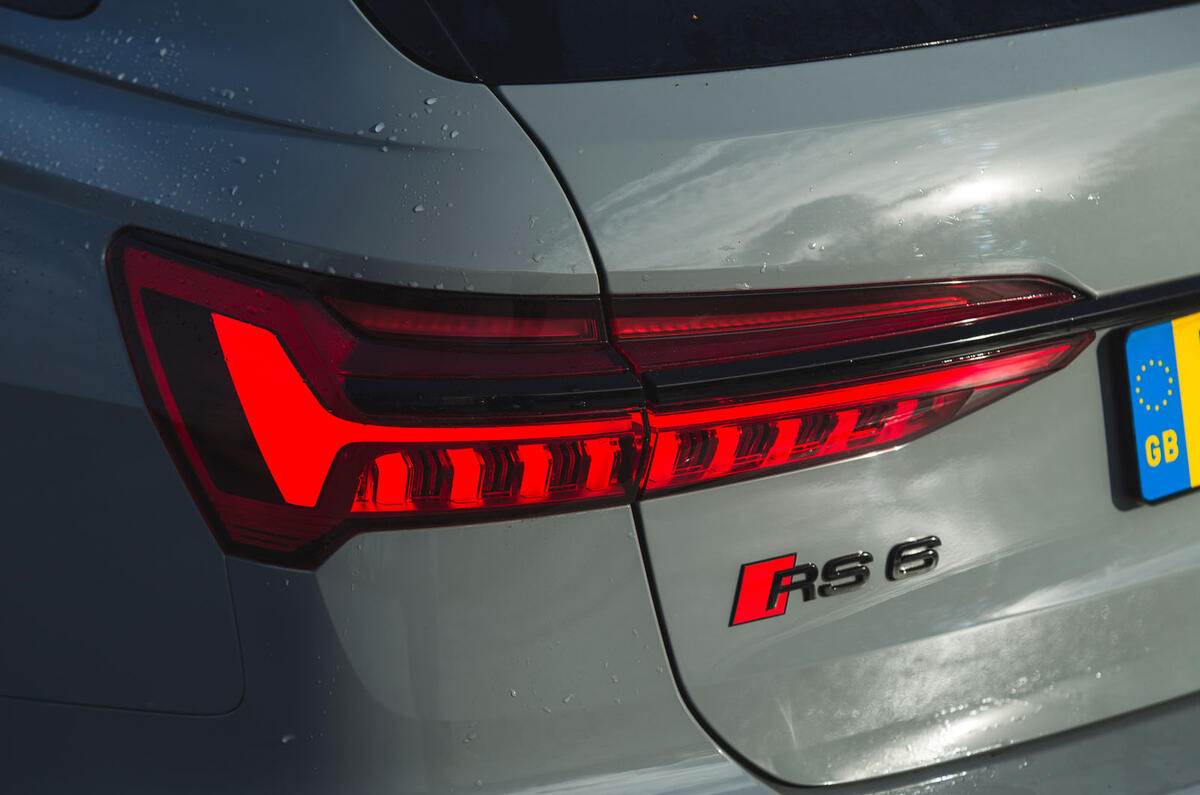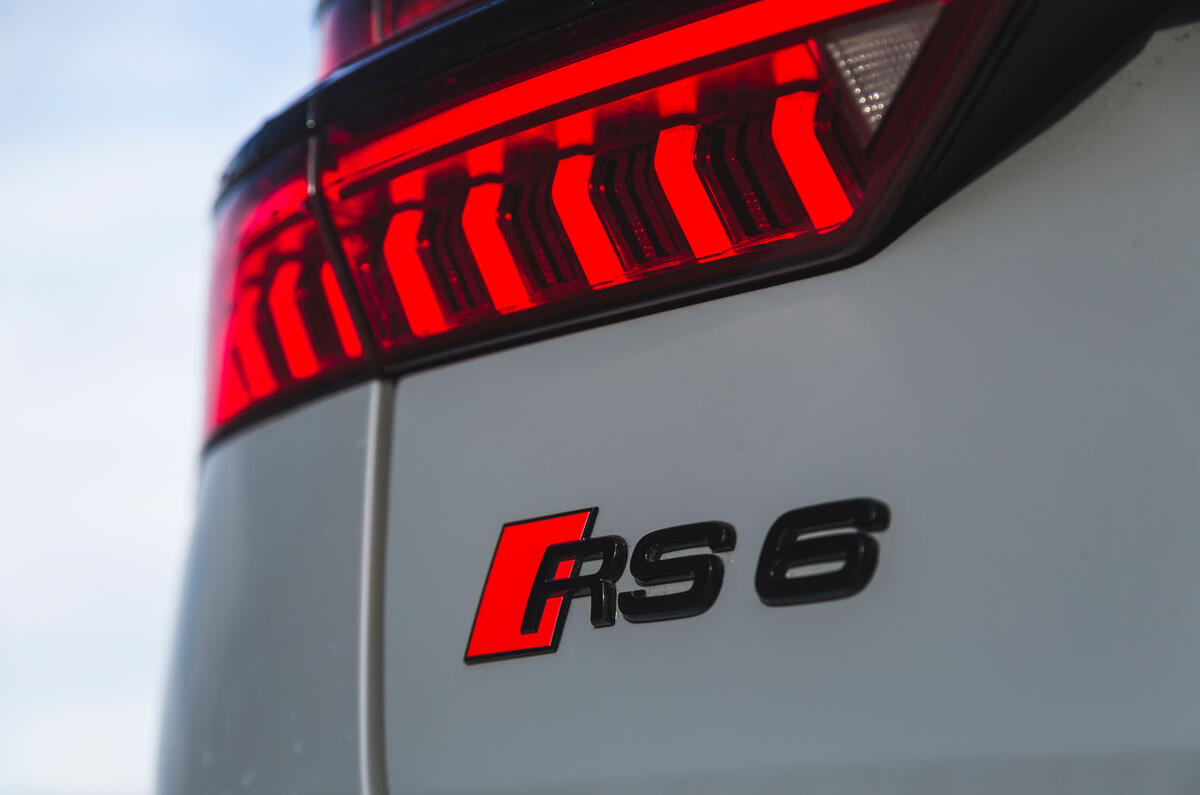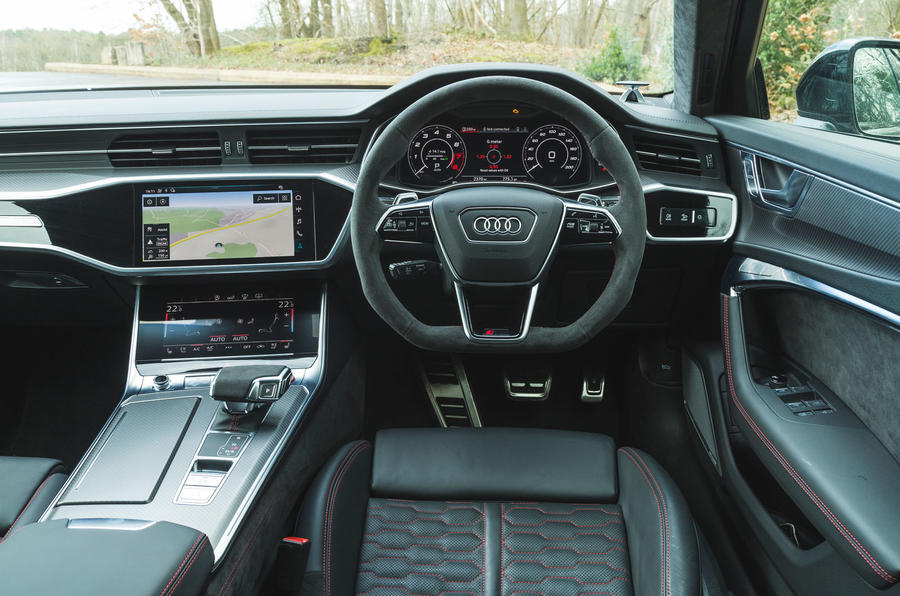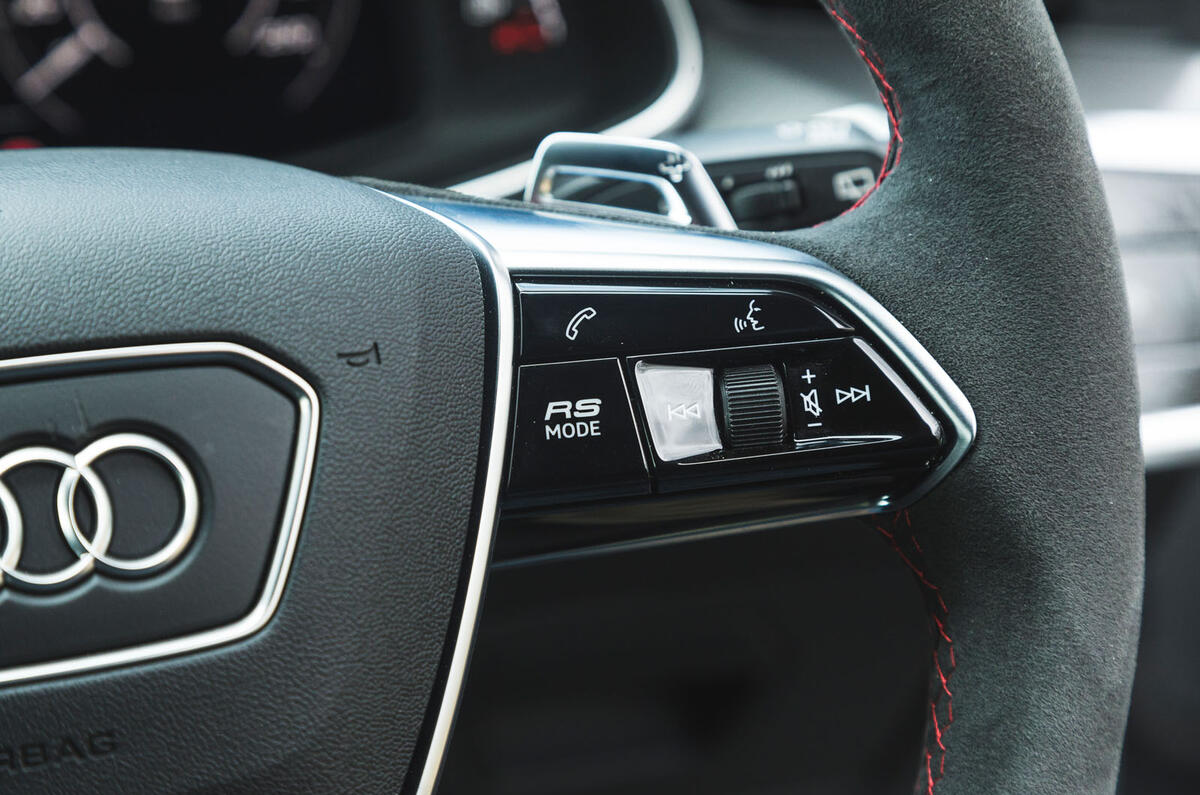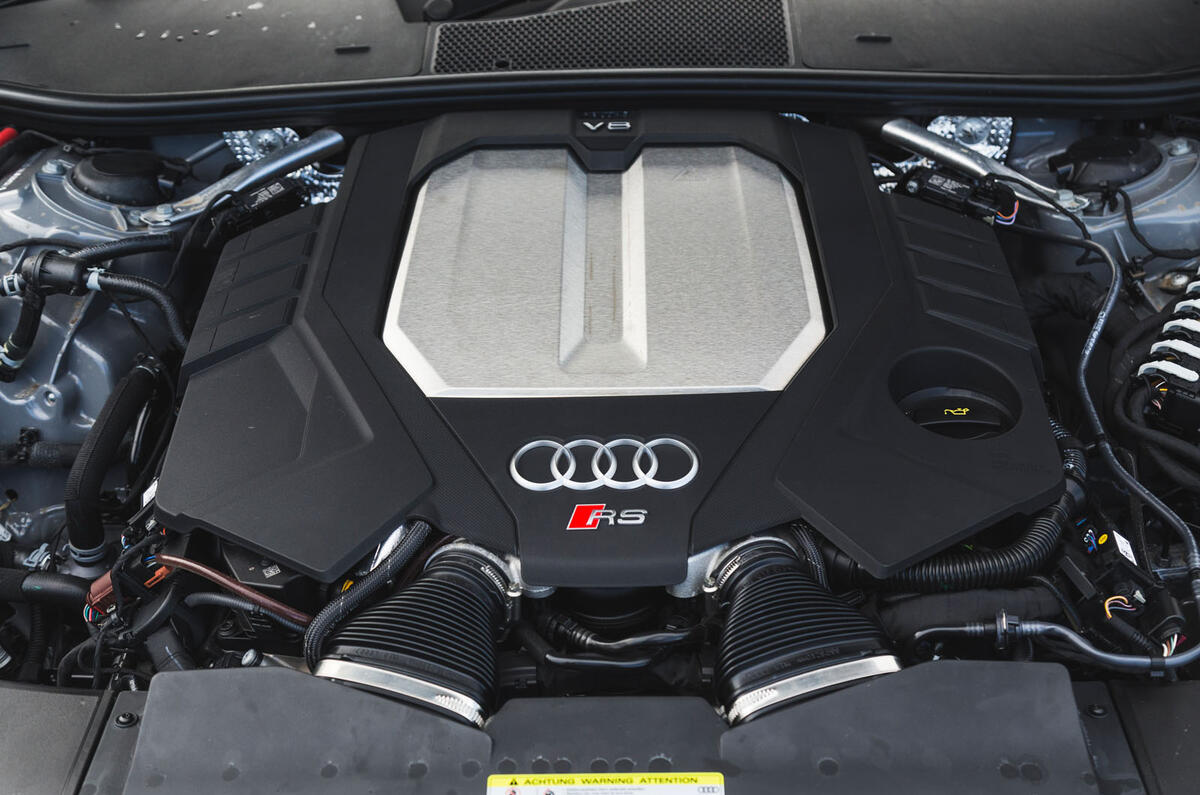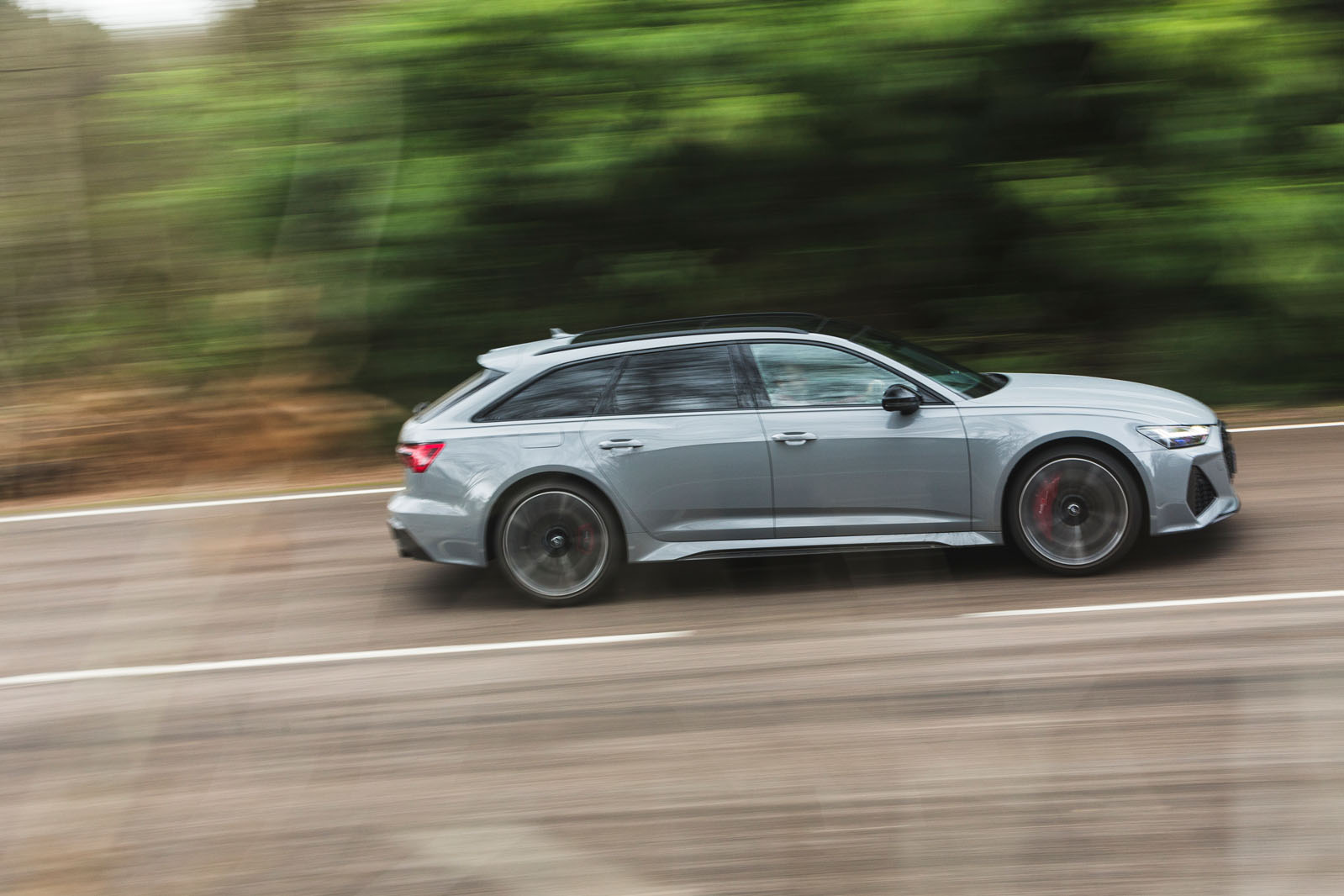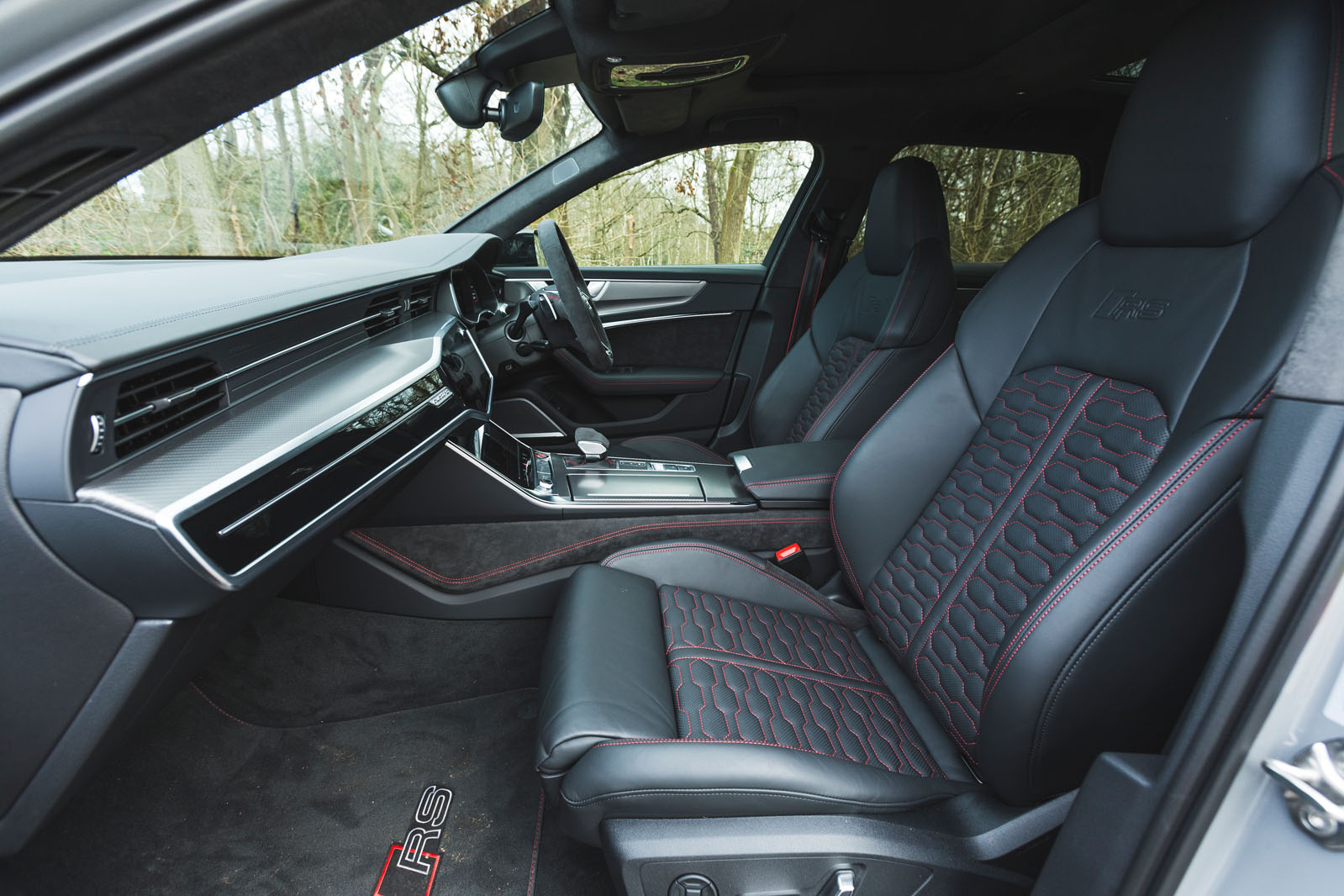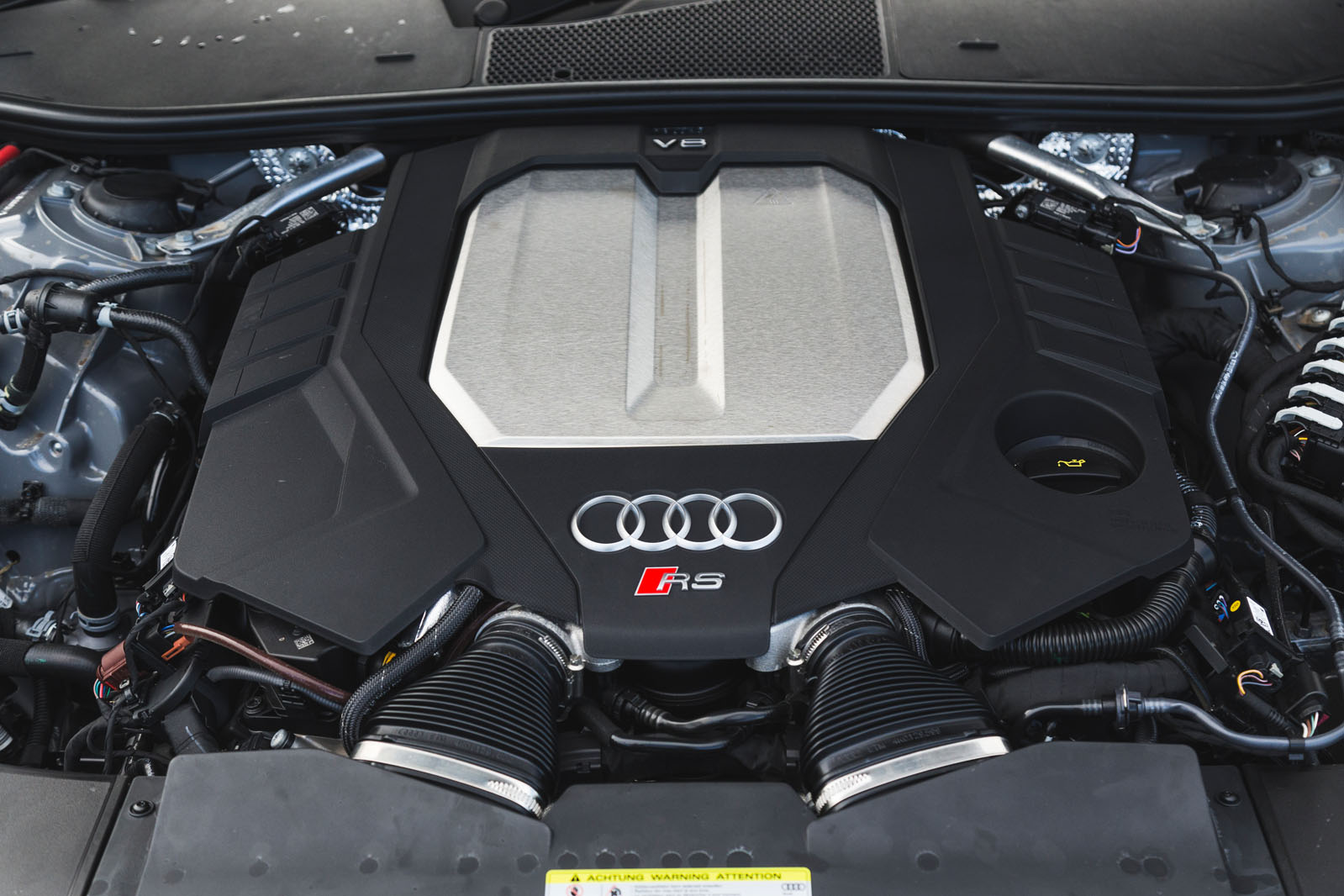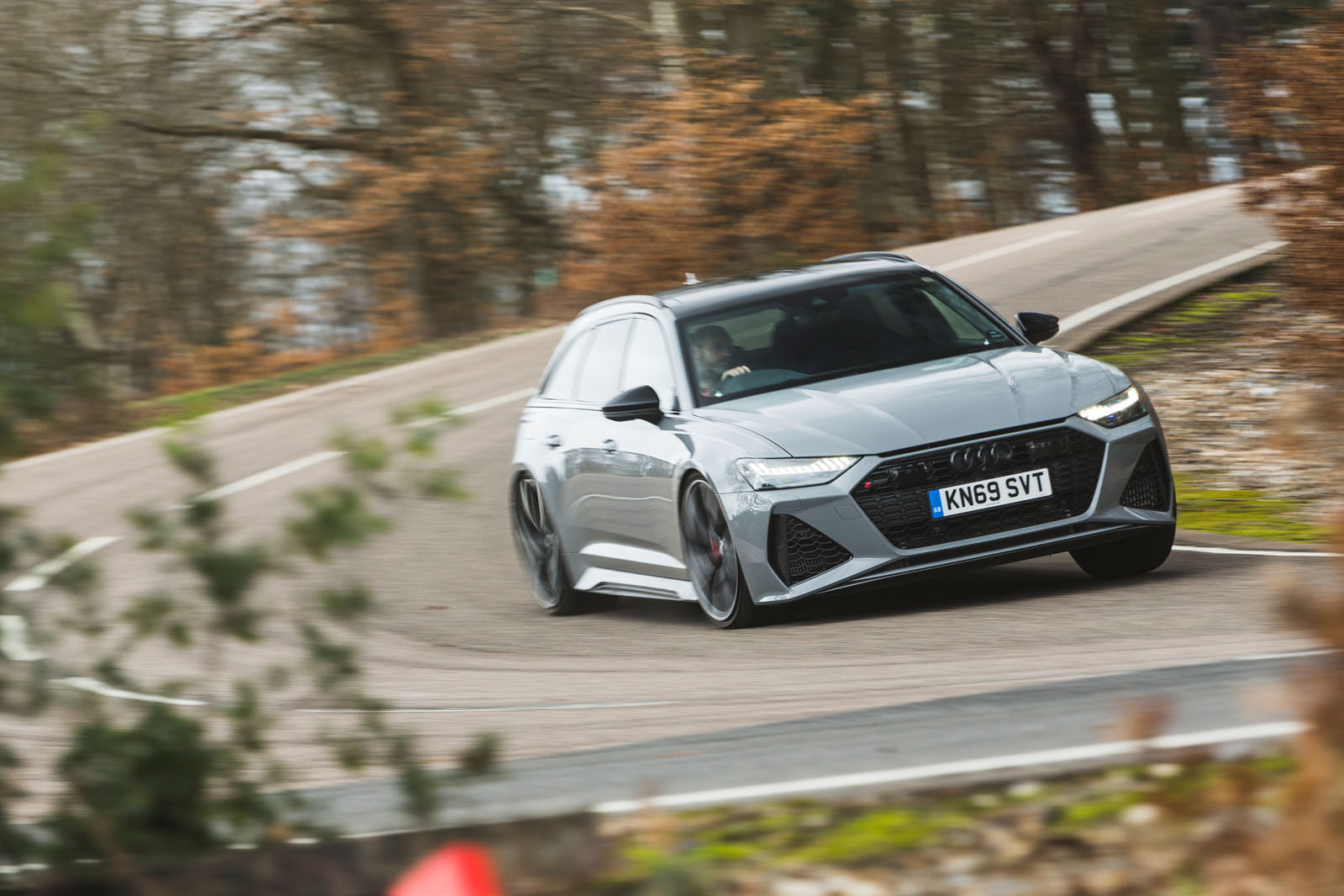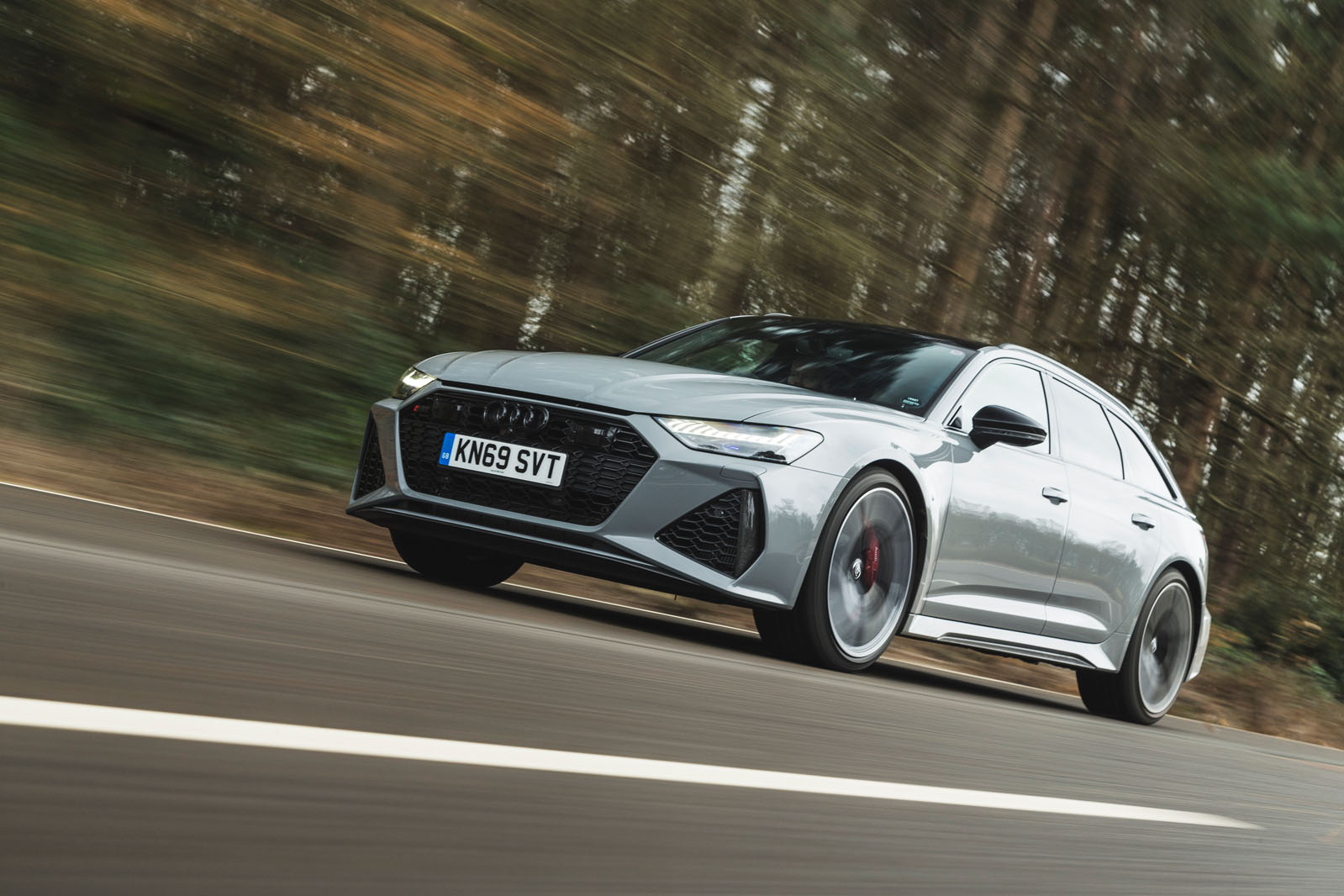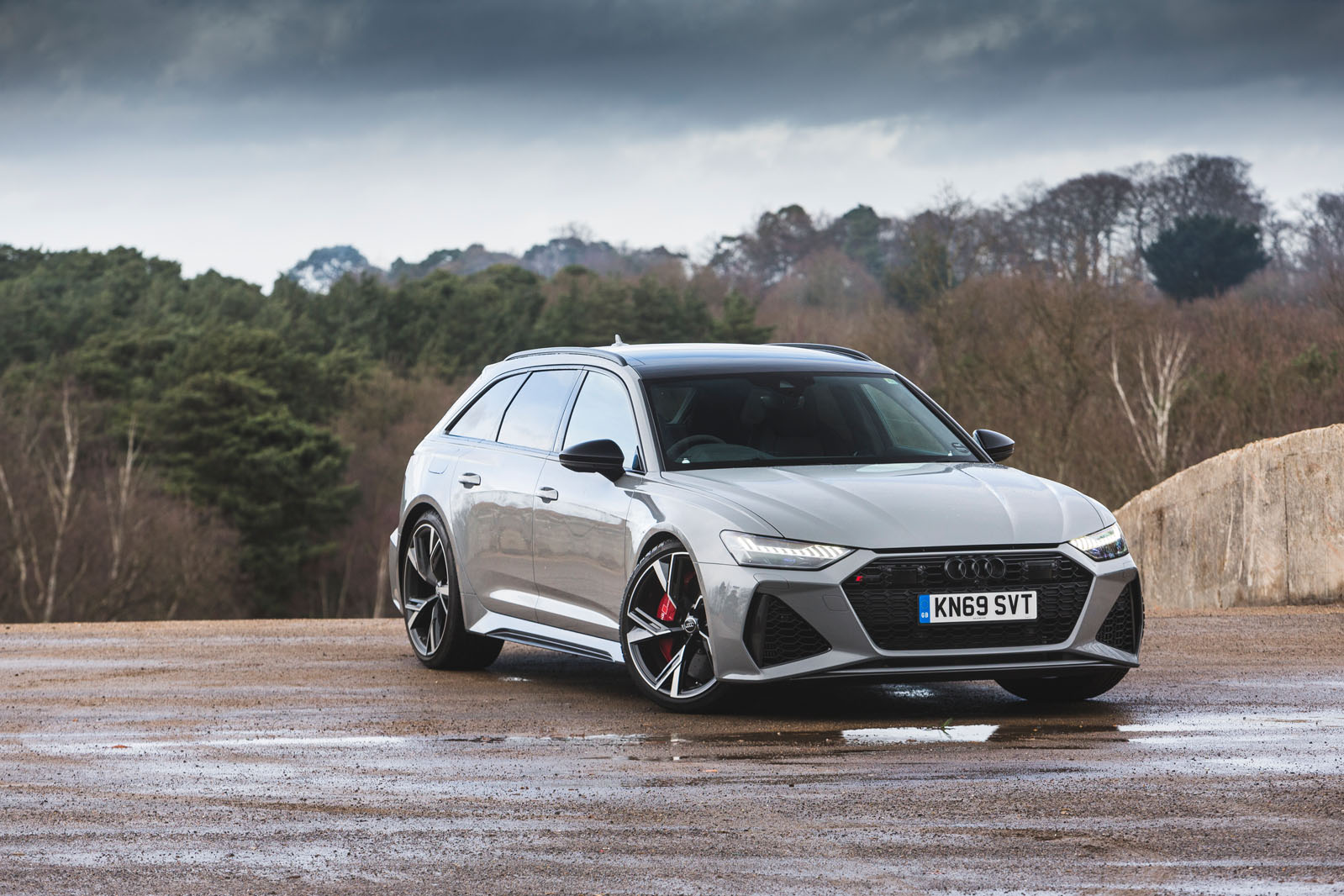Still nobody does the uncompromisingly large, uncompromisingly fast and supremely usable performance estate car quite like Audi. Even now, with the concept so familiar that we’re at risk of taking its continued existence entirely for granted, with imitators closing in by degrees, and with almost as much in-house competition for the subject of this week’s road test to contend with as exists outside of the showroom.
It’s funny to think, then, that the biggest, quickest and most desirable of all of the wickedly purposeful but deliciously understated wagons to which Audi puts its name – the RS6 Avant – has yet to reach its 20th birthday. The very first came along in 2002; and yet the car has quickly taken on the inscrutable persona of one that has been around forever and must likewise survive that way not least because to lose it would be to lose one of the performance car ether’s true archetypes.
With this fourth-generation version, the RS6 will tear into its roaring 20s. Having dallied briefly but memorably with turbocharged V10 power a decade ago, the new version retains the turbocharged V8 engine type that has helped to define its character for so long. It also retains the permanent quattro all-paw driveline that has had equal influence in the casting of its character and place in the world.
And yet the list of new technology that’s ready to reinvent the dynamic abilities of this new version is long. From mild hybridisation adopted to boost the car’s socially responsible fuel efficiency to four-wheel steering adopted to keep pace with a set of increasingly purposeful rivals, there is plenty that promises to make this Audi ’bahn stormer even better than its predecessors. Stand by to find out exactly what it all amounts to.


